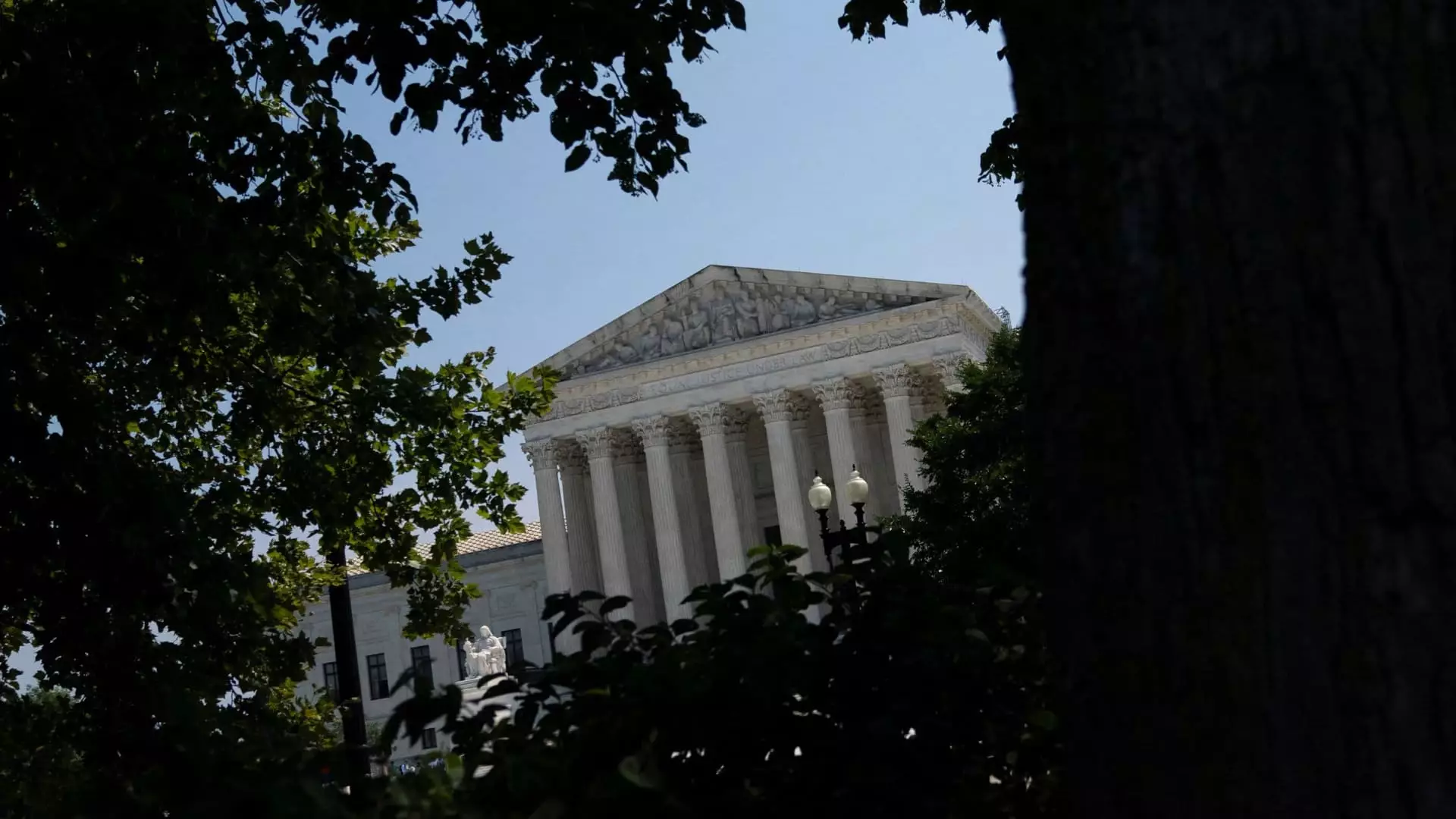On a pivotal Thursday, the United States Supreme Court made significant strides in bolstering the enforcement of anti-money laundering laws by allowing federal regulations demanding transparency in corporate ownership to proceed. This ruling directly impacts the Corporate Transparency Act (CTA) of 2021, legislation aimed at tightening the release of ownership information from corporate entities. The Supreme Court’s decision came in reaction to a nationwide injunction imposed by a Texas federal judge, who had temporarily halted the law’s enforcement on constitutional grounds. The ruling emphasizes the tension between regulatory oversight and business independence.
The origins of this case trace back to legal challenges initiated by small businesses amid an intricate web of constitutional debates. The plaintiffs, primarily represented by the National Federation of Independent Business alongside various smaller entities, contended that the CTA represented an overreach of congressional authority. U.S. District Judge Amos Mazzant echoed this sentiment, stating that such transparency measures could infringe upon the rights of states as stipulated in the Constitution’s 10th Amendment. His characterization of the law as a “quasi-Orwellian statute” poignantly characterized concerns over governmental overreach.
In stark contrast, the Biden administration argued for the critical need for enforceable reporting requirements. In their petition to the Supreme Court, Solicitor General Elizabeth Prelogar asserted that the benefits of compliance extend beyond governmental bureaucracy, directly correlating with the prevention of financial crimes like tax evasion, money laundering, and terrorism financing.
One of the fundamental components of the CTA requires corporations and limited liability companies (LLCs) to accurately disclose their beneficial owners to the Treasury Department’s Financial Crimes Enforcement Network (FinCEN). A beneficial owner, as defined by the law, is an individual who has direct or indirect ownership or control of a company. This transparency mechanism addresses the challenging yet critical issue of concealed ownership, which has fostered a climate where illicit transactions can thrive unregulated.
The fundamental question posed by the CTA is whether the government can mandate such disclosures without encroaching upon the liberties traditionally afforded to businesses. Proponents assert that establishing clear lines of ownership is vital in fighting against financial malfeasance. Conversely, skeptics argue that such regulations may pose undue burdens on businesses, particularly small enterprises that often lack the resources to navigate complex compliance requirements.
The Supreme Court’s decision to halt the injunction holds significant implications for the United States’ overarching strategy against financial crimes. By facilitating the enforcement of the CTA, the Court legitimizes the government’s role in ensuring that corporate entities maintain transparency. This move reinforces a broader commitment to combating the United States’ reputation as a haven for money laundering, an issue that has plagued financial regulatory efforts for decades.
The CTA’s enactment reflects a growing consensus regarding the need for enhanced regulatory frameworks in response to evolving criminal strategies. As criminal enterprises adapt to exploit gaps in existing regulations, robust laws that require transparency from corporate entities are more important than ever. The potential for improved reporting systems may offer law enforcement and regulatory agencies better tools to trace illicit funds and dismantle complex financial webs connecting crime to corporate structures.
As the legal landscape continues to evolve, finding the appropriate balance between regulatory oversight and the rights of businesses remains a significant challenge. The Supreme Court’s ruling illustrates the importance of the legislative framework in shaping the future of corporate transparency. While protecting the rights of small business owners is a valid concern, the benefits of preventative measures against financial crimes ultimately serve a greater public interest. The enforcement of the Corporate Transparency Act signals a commitment to ensuring that the United States remains vigilant in its fight against illicit financial activities, thus fortifying the ethical frontiers in corporate governance.


Leave a Reply